Defence
Wayanad Landslides: How Indian Army Helped Stranded Civilians In Initial Critical Hours
Ujjwal Shrotryia
Aug 03, 2024, 04:20 PM | Updated 05:29 PM IST
Save & read from anywhere!
Bookmark stories for easy access on any device or the Swarajya app.
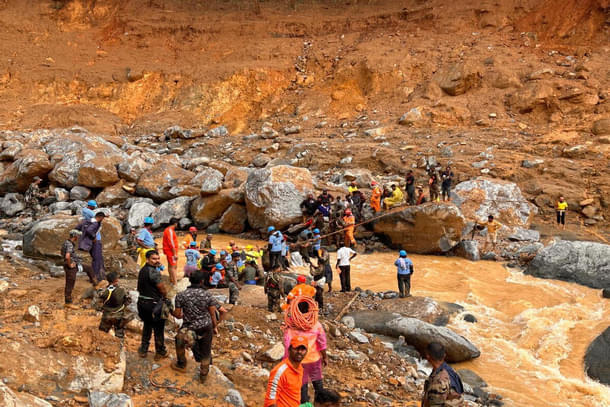
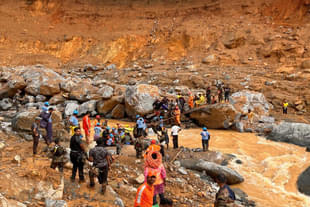
The death toll from massive landslides in Wayanad has crossed the 300 mark.
Rescue efforts by 40 joint teams of the Indian Army, National Disaster Response Force (NDRF), Coast Guard, Indian Navy, and local police are underway at six locations in the landslide-hit area despite heavy rains and challenging terrain.
Moreover, the Indian Army’s Madras Engineering Group has completed the construction of a 190-foot-long Class-24 Bailey Bridge that will connect the most affected areas of Mundakkai and Chooralmala.
This bridge will allow the movement of ambulances and relief materials to Mundakkai and Chooralmala over the Iruvazhinjipuzha River.
These efforts signify the commitment of the Indian armed forces to aid civilian authorities in times of such emergencies.
When the landslide struck, two columns of 122 Territorial Army (TA) Madras, led by the second in command, Lt Col Vishwanathan, and two columns of the Defence Security Corps (DSC) Centre from Kannur were among the first Army teams to arrive at the location.
The 122 TA, comprising two officers, two junior commissioned officers (JCOs), and 40 other ranks along with the Regimental Medical Officer (RMO), reached the affected site by noon on 30 July.
Upon arrival, the teams quickly divided tasks; one group led by Subedar Gijil used ropes to construct a makeshift bridge across the river Iruvazhinjipuzha.
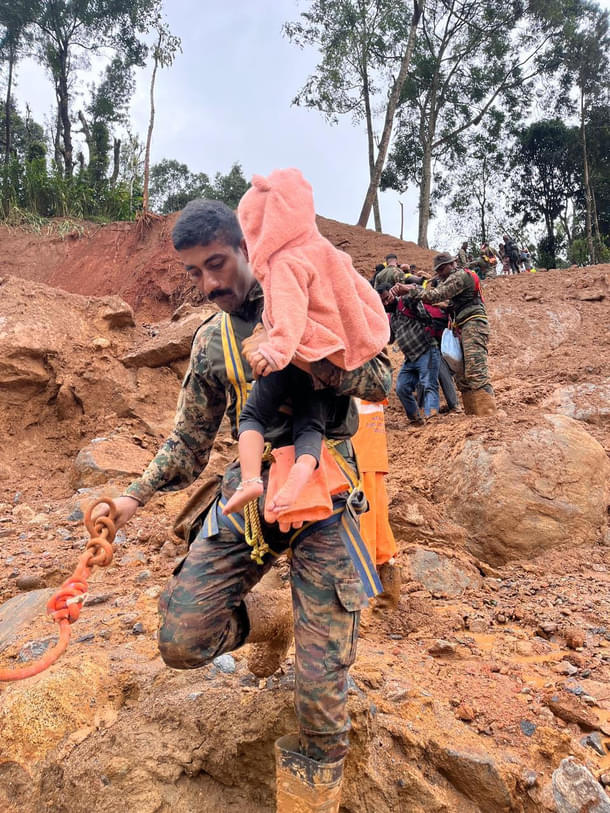
The original bridge had been destroyed in the landslide, necessitating urgent makeshift measures to ensure the flow of essential relief materials and supplies — water, food, and medical supplies — to the stranded civilians at Mundakkai.
This location is also where the new 190-ft Class-24 Bailey bridge was later erected.
This makeshift bridge also facilitated the transport of wounded individuals and the bodies of the deceased across the river, enabling their further transportation to hospitals via ambulances.
Meanwhile, demonstrating ingenuity and determination, the other team led by Naib Subedar Anil Kumar navigated a challenging four-kilometre (km) detour through the hazardous, landslide-ravaged terrain.
Their goal was to reach an isolated section of Mundakkai near Chooralmala. After a strenuous journey, they regrouped with Subedar Gijil’s team, and together, they managed to reach Mundakkai, where they rescued and evacuated approximately 200 survivors of various age groups, including the elderly, young children, and infants
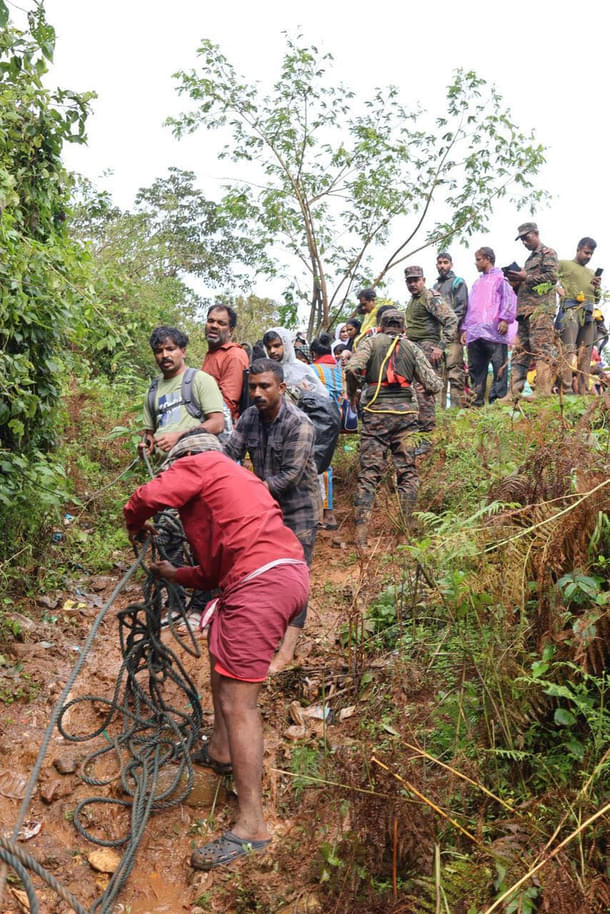
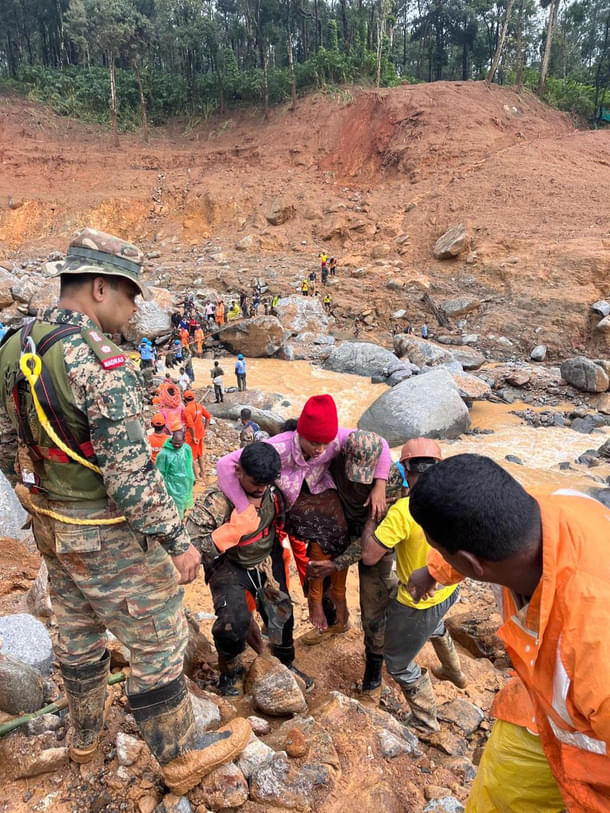
By 31 July, the battalion had recovered more than 20 bodies of deceased civilians. Moreover, they constructed another makeshift bridge and formed a human chain in the vicinity of Eala Resort and Vana Rani Resort, rescuing 19 additional stranded civilians.
In total, the 122 TA Madras deployed three officers, five JCOs, and 60 other ranks to Wayanad.
The swift and effective actions of the 122 TA battalion underscore the Indian Army’s deep commitment to the nation. Their rapid response, strategic planning, and relentless efforts in providing humanitarian aid and disaster relief vividly demonstrate the ethos of the Indian Army.
Staff Writer at Swarajya. Writes on Indian Military and Defence.





